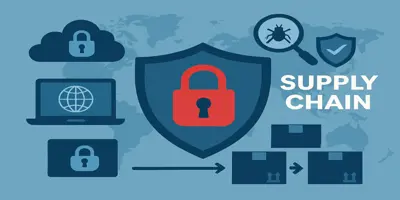Information Technology Security Awareness Posts
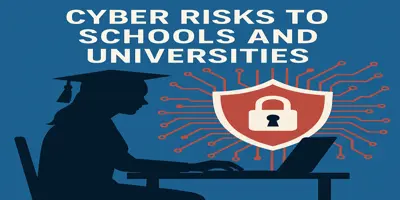
Enhancing Front-end Security: Practices Every Developer Should Know
Exploring essential front-end security practices, this blog delves into the importance of securing web applications against threats such as XSS and CSRF, employing methods like CSP, HTTPS, and regular updates. Based on Grid Dynamics' insights, implementing these security measures effectively ensures both data protection and user trust.

Strengthening Communications Infrastructure: Insights from CISA's New Guidance
The new guidance from CISA focuses on enhancing the security of communications infrastructure by offering visibility and hardening strategies against nation-state cyber actors and other threats. It emphasizes the importance of real-time threat intelligence, asset identification, and swift incident response.
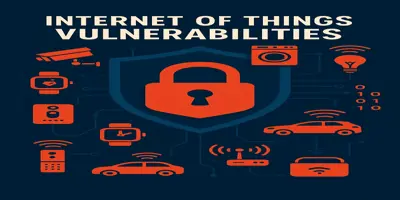
Understanding the NIST Cybersecurity Framework
This blog post discusses the NIST Cybersecurity Framework, outlining its core elements, importance, and benefits for organizations looking to improve their cybersecurity practices and resilience.
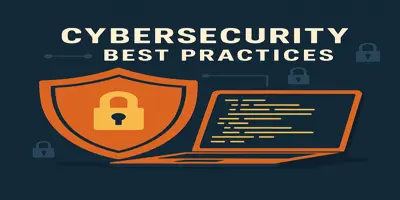
NASA's New Cybersecurity Framework for the Space Sector
NASA has introduced a pioneering Space Security Best Practices Guide, aimed at bolstering cybersecurity across space missions. This 57-page document is designed to standardize and enhance security measures within the space industry.
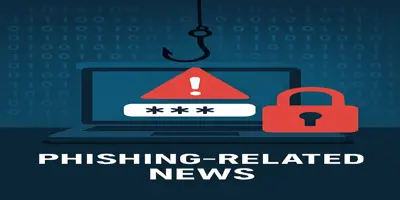
Enhancing Google Workspace Security: Expert Recommendations and Best Practices
Explore expert recommendations and best practices for securing Google Workspace, including two-factor authentication, careful management of user permissions, and regular security audits.
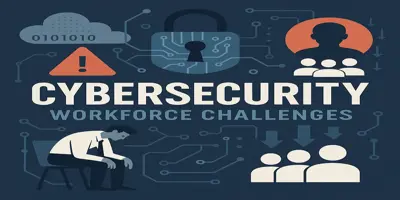
Enhancing Front-end Security: Key Practices Every Developer Should Know
Exploring the essential front-end security best practices as highlighted in the recent Grid Dynamics article on Medium. Key strategies include input validation, using HTTPS, implementing a content security policy, securing cookies, and keeping up-to-date with the latest security patches.

Enhanced Visibility and Hardening in Communications Infrastructure: A Deep Dive
Recent guidance from CISA emphasizes the importance of enhancing visibility and hardening communications infrastructure to protect against advanced cyber threats, including those from nation-state actors. Adopting advanced security measures like MFA, effective patch management, and utilizing AI-driven analytics tools is crucial for resilience.
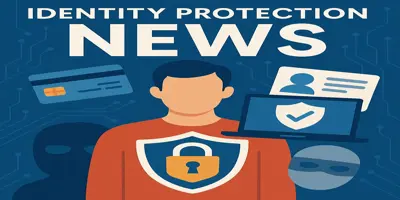
Tibet and Taiwan Targeted in Spearphishing Campaigns Using MESSAGEMANIFOLD Malware
A recent analysis of spearphishing campaigns reveals the use of the MESSAGEMANIFOLD malware targeting specific regions like Tibet and Taiwan. Organisations are urged to adopt stringent cybersecurity measures and maintain awareness against evolving cyber threats.
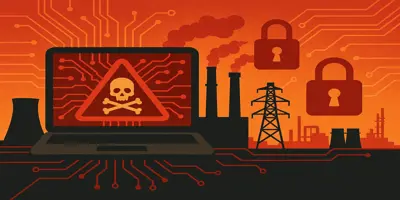
Escalation in Phishing Attacks by Iranian-Backed Group Targeting Israel and the U.S.
A detailed analysis of recent intensified phishing campaigns by Iranian-backed group APT42 against Israel and the U.S., focusing on the tactics used and recommened defense strategies for organizations.
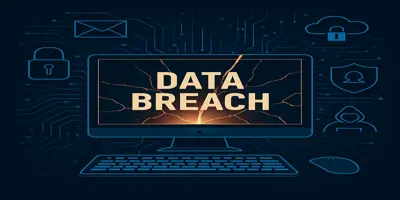
Dridex and Locky: The Return Through PDFs in Recent Cyberattacks
In a recent spike of cybersecurity threats, the Dridex and Locky malware families have returned, being distributed via PDF attachments in email campaigns. Advanced email filtering, regular updates to anti-malware systems, and user education are key defenses against such attacks.

The Risk of Messaging Apps in Cyber Attacks: Spotlight on the ToxicEye Malware Campaign
Hackers are exploiting the Telegram messaging app to operate the ToxicEye RAT, which leverages the app's functionalities to maintain control and anonymity. This campaign flags the increasingly sophisticated means of cyber attackers and the vital need for advanced security measures in messaging apps.

Understanding the Economics Behind Cybercrime to Combat Ransomware
Exploring the economic drivers behind ransomware helps understand and combat this critical threat. Advanced trend analysis and strategic, multi-layered defense are essential in mitigating the impact of ransomware.

Understanding the Pulsating Threats of the Cybercrime Underground in 2023
A detailed analysis of the 2023 cybercrime underground, revealing an escalation in sophistication and adaptation among cybercriminals, with a direct call to cyberdefenders to advance their strategies.

Exploring the Depths: Key Trends from the Dark Web in 2023
A 2023 report highlighted key cybercrime trends on the dark web, particularly increased targeting of South Korea and affected industries like finance, healthcare, and retail. The report underscores the necessity for advanced, adaptive cybersecurity measures to address rising cyber threats.

Exploring the Depths: Insights from "The Big Book of the Deep & Dark Web"
This blog post draws from 'The Big Book of the Deep & Dark Web' to explore the structure of the deep and dark web, trends in cybercrime, and market dynamics. It underscores the importance of understanding these elements to enhance cybersecurity strategies.

Exploring the Surge in Cybercrime Tool Prices on Dark Web Markets
Cybercrime tool prices have seen an increase on the dark web, specifically for tools involved in ransomware and SIM swapping. This rise in prices reflects the increased sophistication of these tools and the evolving challenges for cybersecurity professionals.
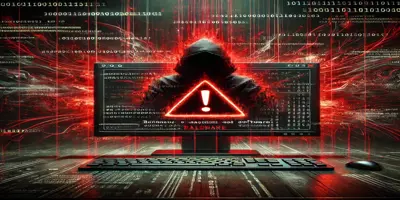
The State of the Cybercrime Underground in 2023
The 2023 overview of cybercrime trends in the deep and dark web reveals increasing sophistication and collaboration among cybercriminals, employing advanced technologies like AI, and necessitating stronger cybersecurity measures.

Revolutionary Use of Gold Nano-Spirals in Cybersecurity
Gold nano-spirals, developed by Dr. Roderick Davidson II and his team at Vanderbilt University, show potential for preventing identity theft through their unique optical properties. This technology could lead to highly secure personal verification methods difficult to replicate, potentially revolutionizing the way we secure personal information and fight fraud.

Understanding Medical Identity Theft: A Growing Concern
Medical identity theft involves the fraudulent use of someone’s personal data to bill insurance providers like Medicare. This issue not only causes financial damage but also risks the victim's access to healthcare, highlighting the need for enhanced protective measures both at individual and institutional levels.

